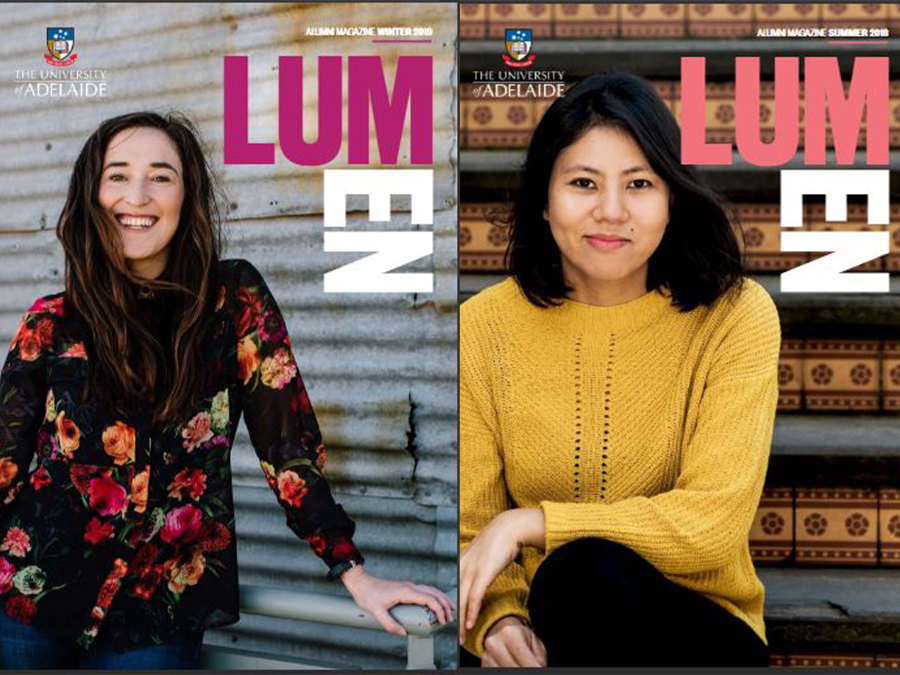Metal bull bars are bad news for pedestrians
Friday, 15 September 2006
A major study by the University of Adelaide's Centre for Automotive Safety Research (CASR) has found that metal bull bars fitted to four wheel drive vehicles increase the risk of serious injuries to pedestrians.
Geoff Vogt, Chief Executive Officer of the Motor Accident Commission (MAC), which commissioned the research report, said Compulsory Third Party (CTP) claim statistics indicated pedestrians were extremely vulnerable road users, with the Adelaide CBD among areas recording the highest number of incidents.
"Between 2000 and 2005, pedestrians comprised 5.5% of total CTP claims and 11.2% of claim costs. This contributed approximately $42 to the annual CTP premiums of the typical South Australian motor vehicle owner," Mr Vogt said.
Mr Vogt said while there were no statistics on the number of pedestrian injuries and fatalities involving vehicles fitted with metal bull bars, it was clear that the popularity of four wheel drive vehicles often fitted with bull bars was impacting CTP claim statistics.
"Four wheel drive and other vehicle owners contemplating bull bars should consider pedestrian safety and risk to road users," Mr Vogt said.
The CASR study found that steel bull bars significantly degrade the performance of the front of the vehicle with respect to pedestrian safety.
Steel, aluminium/alloy and polymer bull bars were tested on six popular four wheel drive vehicles. The two metal bars performed much worse in impact tests than the front of the vehicles prior to bull bar fitting.
Polymer bull bars gave much better results and in some cases, slightly improved the safety performance.
Report author, CASR's Dr Robert Anderson, said there were a number of reasons polymer bull bars generally performed better than the metal bull bars in crash tests.
"The polymer bull bars are much lighter and not as stiff as metal bars so in an impact with a pedestrian they tend to give a bit more," Dr Anderson said.
Following an animal strike, polymer bull bars can sustain less damage than metal bull bars. There is also anecdotal evidence that repair costs following an animal strike are less if a bull bar is made from polymer rather than steel.
Dr Anderson said he hoped the information would be useful to consumers who wished to consider the safety of a bull bar before deciding whether to fit one on their vehicle.
A report on the CASR bull bar testing, which was conducted in conjunction with the Australian New Car Assessment Program (ANCAP), can be downloaded here. Please note that the report is a 7.8MB PDF file.
Contact Details
Email: robert@casr.adelaide.edu.au
Website: http://casr.adelaide.edu.au/
Deputy Director
Centre for Automotive Safety Research
The University of Adelaide
Business: +61 8 8313 5888 (direct line)
Mobile: 0413 300 513
Other: +61 8 8313 5997 (CASR office)
Nicole Kerley
Email: kerley.nicole@saugov.sa.gov.au
Website: http://www.mac.sa.gov.au/
Corporate Affairs
Motor Accident Commision
Business: +61 8 8422 8131
Other: +61 8 8422 8141
Mr David Ellis
Email: david.ellis@adelaide.edu.au
Website: https://www.adelaide.edu.au/newsroom/
Deputy Director, Media and Corporate Relations
External Relations
The University of Adelaide
Business: +61 8 8313 5414
Mobile: +61 (0)421 612 762







